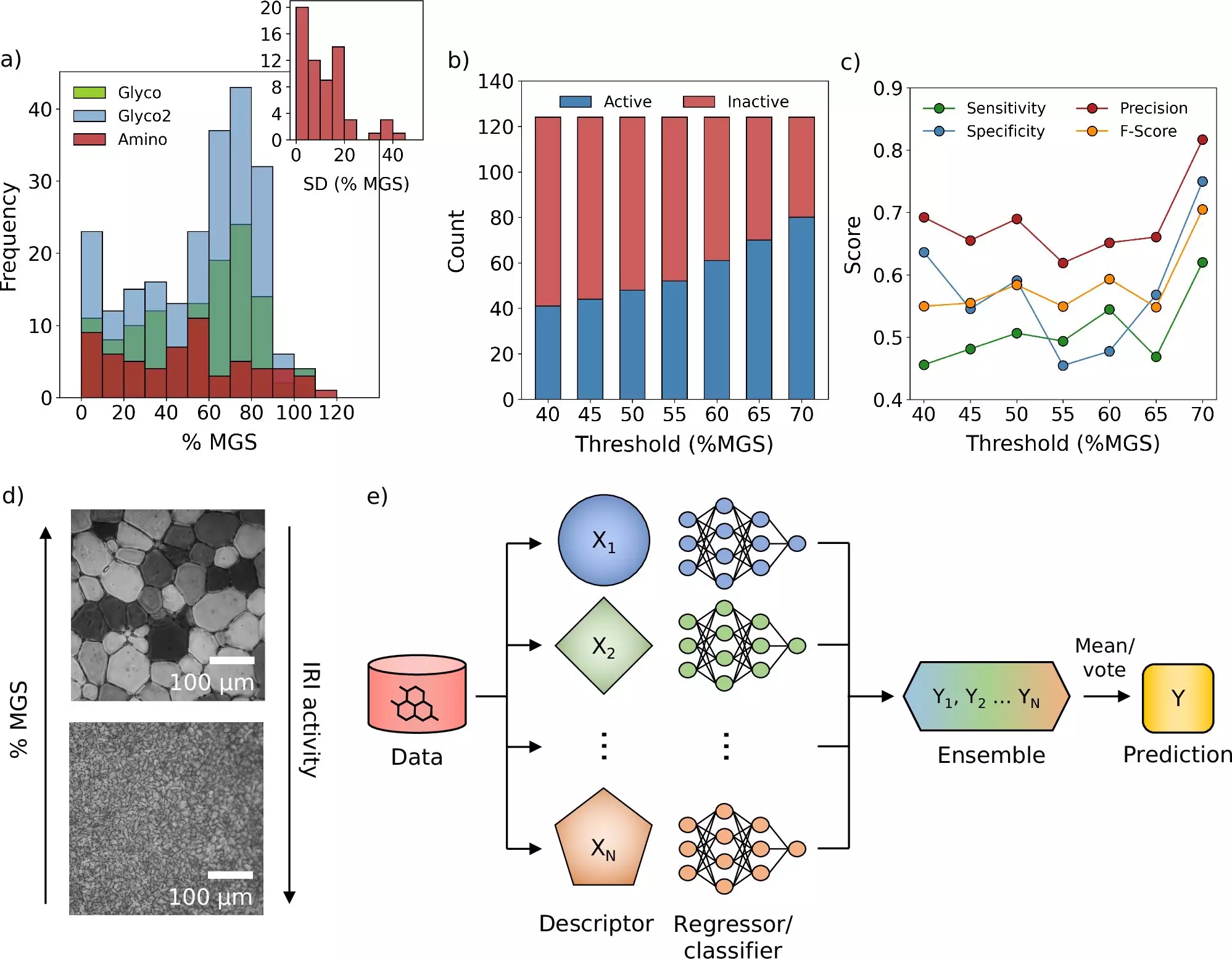Recent advancements in the field of cryopreservation have emerged from the collaborative efforts of researchers at the University of Warwick and the University of Manchester. By developing an innovative computational framework, these scientists have paved the way for safer and more efficient freezing processes for essential medicines and vaccines. This breakthrough is particularly critical in fields where rapid freezing is essential, including the storage of vaccines, blood donations, fertility materials, and cancer therapies.
At the heart of successful cryopreservation are cryoprotectants—substances that play a vital role in preventing cellular damage during freezing and thawing. Without these protective agents, many life-saving treatments would require immediate deployment, limiting their usability and accessibility. Cryoprotectants function by reducing ice crystal formation, which can haunt the integrity of the stored materials. However, the challenge has been that existing cryoprotectants, while effective in safeguarding cells, do little to restrain ice crystal growth. The new research not only addresses this limitation but also heralds a more systematic approach to discovering novel cryoprotectants.
Innovative Methodology: Machine Learning Meets Molecular Science
Part of what makes this research noteworthy is its strategic use of machine learning alongside traditional molecular simulations and experimental validation. As outlined by lead researcher Professor Gabriele Sosso, while machine learning is a powerful tool, it should not be perceived as a standalone solution. Instead, it was integrated into a broader framework that maximized collaboration between disparate scientific methodologies. This synergistic approach enables a data-driven exploration of hundreds of new molecular candidates, significantly speeding up the discovery process when compared to conventional trial-and-error techniques.
Discovery of a New Cryoprotectant
One of the most impressive outcomes of this project has been the identification of a new molecule capable of minimizing ice crystal growth—a perennial issue in the cryopreservation landscape. The team utilized a computational model to scrutinize extensive libraries of chemical compounds, assessing their potential as viable cryoprotectants. Notably, Dr. Matt Warren, who led the project, expressed his enthusiasm about using machine learning to streamline data analysis. This not only enhances predictability in cryoprotective effectiveness but also reshapes the research landscape, enabling scientists to devote their energies to more intricate challenges that require deep expertise and creativity.
The implications of this research extend beyond theoretical advancements; it holds tangible benefits for clinical applications as well. For instance, experimental tests on blood storage revealed that introducing the newly recognized molecules could considerably reduce the quantity of conventional cryoprotectants currently required. This not only implies reduced costs but also a more efficient blood washing process following freezing, potentially speeding up availability for transfusion procedures. The findings indicate a dual pathway: accelerating the development of new cryoprotectants while also repurposing existing compounds to enhance their efficacy in freezing applications.
Further enriching this research was the collaboration between different research teams, notably Professor Matthew Gibson’s group, which has spent years studying the interactions of ice-binding proteins from polar fish with ice crystals. Gibson noted how this collaborative work has transformed their approach, allowing for a dramatic leap in their understanding of ice interactions, leading to the identification of active molecules that traditional methods may have overlooked. Such collaborations underline the importance of interdisciplinary efforts in scientific discovery, reinforcing the idea that diverse expertise can yield innovative solutions to pressing problems.
What this research signifies is not only the potential to transform the cryopreservation landscape but also its broader implications for healthcare. By merging cutting-edge technology with traditional scientific methods, this group has set a precedent for how future breakthroughs can be achieved. As medicine continues to evolve, the ability to efficiently store and transport critical components without degrading their efficacy will undoubtedly lead to better patient outcomes and enhanced availability of life-saving treatments. The pathways opened by this research are promising, making it an exciting time for both scientists and patients alike.


Leave a Reply